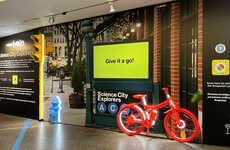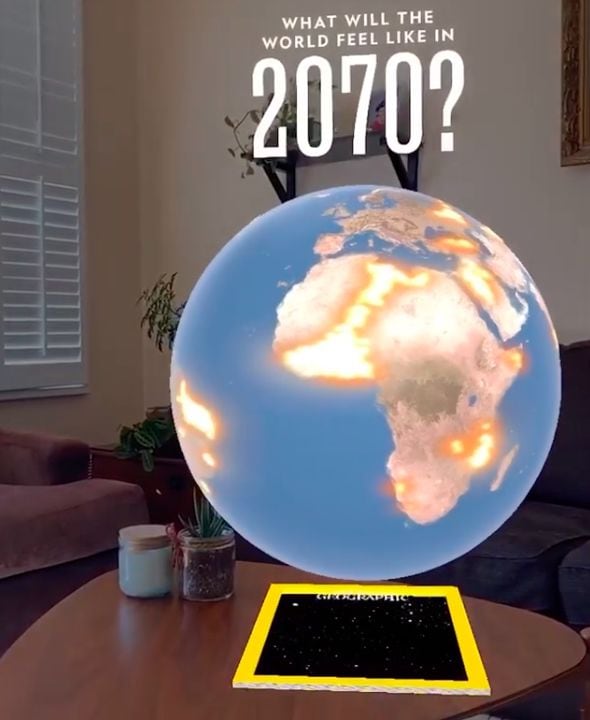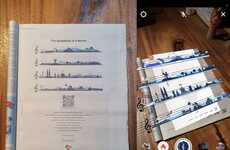
National Geographic Created Its First Augmented Reality Cover
Laura McQuarrie — April 15, 2020 — Marketing
References: nationalgeographic & designtaxi
To celebrate Earth Day, National Geographic is introducing its first-ever augmented reality cover. The 2020 edition of the magazine offers a look ahead 50 years in the future to offer a look at what the world might be like in 2070 using projected climate change data. National Geographic created the AR-enabled magazine cover with Instagram’s Spark AR and as such, users are invited to see the Earth in their own homes.
On the augmented reality globe, users can explore 10 pinpointed cities and discover more about the current climate data. As National Geographic reports, "In 2070, Los Angeles will feel more like Morocco’s Ouezzane Province does today."
Instagram users can try The World In 2070 for themselves by opening the camera within Instagram and then tapping the globe icon.
On the augmented reality globe, users can explore 10 pinpointed cities and discover more about the current climate data. As National Geographic reports, "In 2070, Los Angeles will feel more like Morocco’s Ouezzane Province does today."
Instagram users can try The World In 2070 for themselves by opening the camera within Instagram and then tapping the globe icon.
Trend Themes
1. Augmented Reality Magazine Covers - Creating AR-enabled magazine covers offers an immersive and interactive reading experience for users.
2. Projected Climate Change Data - Using projected climate change data in magazines allows readers to visualize the potential future impact and encourages environmental awareness.
3. AR Exploration of Cities - Allowing users to explore cities through AR technology provides a unique and informative way to learn about different locations and their climate data.
Industry Implications
1. Publishing - Integrating augmented reality into magazine covers presents an opportunity for publishing companies to enhance reader engagement and stay relevant in the digital age.
2. Environmental Science - Using projected climate change data in AR-enabled magazine covers can help environmental scientists communicate the potential consequences of climate change more effectively.
3. Augmented Reality Technology - The development and integration of AR technology into various industries, such as publishing and education, can be a disruptive innovation opportunity.
6.7
Score
Popularity
Activity
Freshness























